The Science of the Alexander Technique
Scientific writing and studies support the positive effects of the Alexander Technique:
stress relief:
The Alexander Technique was highlighted as an example of ways to counter stress related conditions in modern society, in zoologist Nikolaas Tinbergen’s 1973 acceptance speech for the Nobel Prize in Physiology and Medicine, titled Ethology and Stress Diseases. Scroll to page 10 (original page 122).
https://www.nobelprize.org/nobel_prizes/medicine/laureates/1973/tinbergen-lecture.pdf
breathing:
• The Alexander Technique enhanced respiratory muscular function in normal adults in a study published in 1992.
chronic back pain:
The Alexander Technique was shown to help significantly improve chronic back pain (as compared with exercise and massage), in a randomized controlled study published by the British Medical Journal in 2008.
better balance:
The Alexander Technique has been shown to reduce stiffness and improve postural tone in otherwise healthy individuals, in a study by the Neurological Science Institute at Oregon Health and Science University first published in Human Movement Science in 2011, and summarized in the UK STAT news.
KNee problems:
• The Alexander Technique was shown to reduce pain and stiffness in knee osteoarthritis in a study published in BMC Muscular Skeletal Disorders in 2016: “this finding challenges clinical management models of knee osteoarthritis which focus primarily on muscle strengthening”.
https://bmcmusculoskeletdisord.biomedcentral.com/articles/10.1186/s12891-016-1209-2





